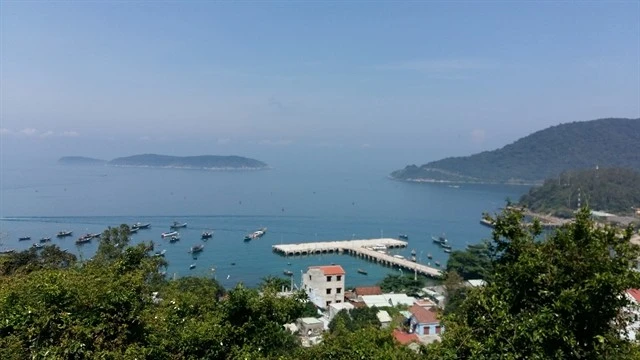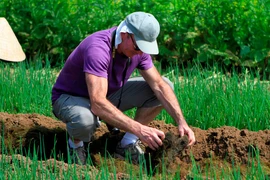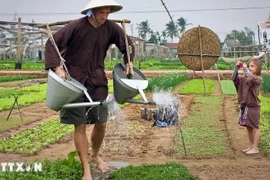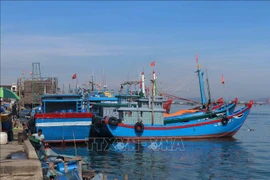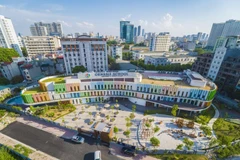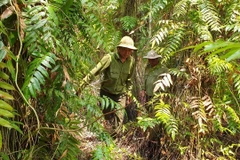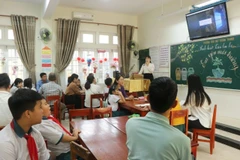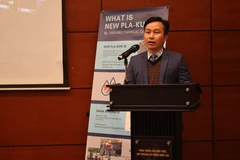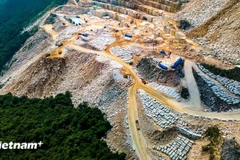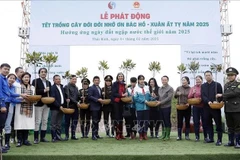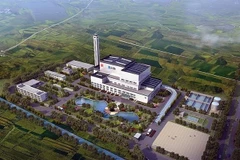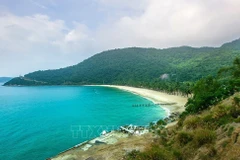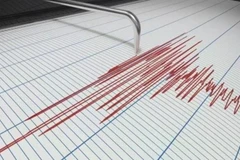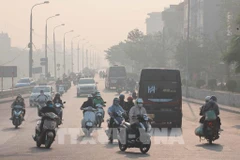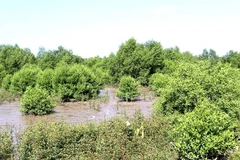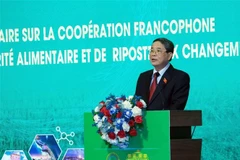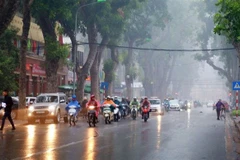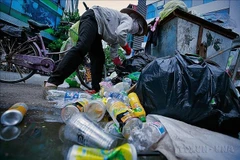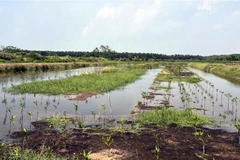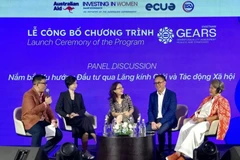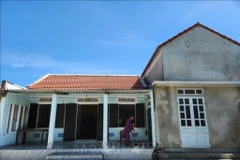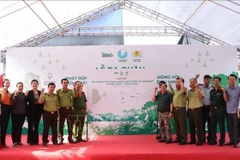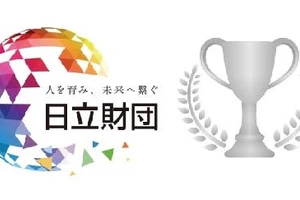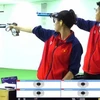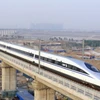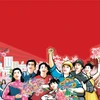Quang Nam (VNS/VNA) - The management of the Cham Island Marine Protected Area (MPA) has called on local fishermen and tourists to take their rubbish back to the mainland for treatment rather than dumping it at landfill on the island.
The MPA said the island, 20km off the coast of Hoi An ancient town, the central province of Quang Nam, are being overloaded, struggling to cope with up to five tonnes of daily waste with only half of that amount being burnt, with the remainder going to the Eo Gio landfill.
Huynh Thi Thuy Huong, a member of the Cham Island Marine Protected Area (MPA) managing board, said the plan has been included in the Hoi An city’s action plan in 2025.
It means that tourists should be aware of keeping the eco-tourism island ‘clean’, and only environment-friendly manners will be encouraged.
It said the ‘waste clear’ programme is one of many activities in the ‘zerowaste and non-plastic use’ action plan across one o of the most popular visitor destinations in central Vietnam, aiming to make the island ‘green’ and ‘clean’.
The MPA and local community has been building a series of programmes including ‘non-plastic bag’ use, saying No to single use plastics and aiming to recycle and re-use environment-friendly packages as much as possible.
Two Material Recovery Facility (MRF) stations were built to collect and recycle daily waste, aiming to cut in half the amount of waste sent to landfill.
In a three-day waste survey last year, MPA reported that 80% of waste collected at beaches was plastic including bottle, foam and ‘ghost’ fishing net (drift net), while 76% was left-over food, cans, bottles and packages dump at sea by fishermen.
Dustbins are not not available on many fishing boats and only 16% fishermen voluntarily collected waste at sea.
The island, which include eight islets with 2,400 inhabitants, are the first and the only location in Vietnam promoting successfully the non-use of plastic bags and the ‘3Rs’ (reduce, reuse and recycle) since it was recognised as the world biosphere reserve site by UNESCO in 2009.
The island community and the MPA management board, in cooperation with the Global Alliance for Incinerator Alternatives (GAIA), WWF-Vietnam, IUCN and the UNESCO, have been boosting the marine environment protection by promoting a ban on single-use plastic.
Non-use plastic bag notices can be seen at the Cua Dai port – the major launch point for all boat trips from the mainland to the island – warning visitors to remove any plastic bags from their luggage.
The island set a limit on overall numbers of visitors at 2,500 visitors per day back in 2015.
The islanders themselves earned 3.6 million USD last year, 65% of which is from tourism and associated services, and more than 80% of the population have switched from fishing to the eco-tourism sector.
The island is home to 1,500ha of tropical forests and 6,700ha of marine space, featuring a wide range of marine fauna and flora, including many endangered species such as salangane (swallows), the long-tailed monkey and the crab-eating macaque (Macaca fascicularis)./.
